Following the Happiness Road from Dong Van district to Meo Vac district , crossing Ma Pi Leng pass - one of the most famous "Four Great Passes" in Vietnam with winding curves and towering heights reaching the clouds, visitors will be able to admire the panoramic beauty of the clear Nho Que river winding through Tu San gorge. Among the overlapping cat-ear rocky mountains, the Nho Que river still stands out in the deep abyss with its very special jade green color. The river is likened to a soft silk strip running through, making the entire majestic plateau, the rugged cat-ear rocks suddenly become gentle and poetic.
Standing on Ma Pi Leng Pass, visitors will admire the overlapping cat-ear rocky mountains; see the panoramic beauty of the clear Nho Que River winding through Tu San Canyon. |
To be able to move down to the lake area, touch the cool blue water, after passing Ma Pi Leng pass to the Pa Vi commune intersection (the road turns to the border communes: Xin Cai, Thuong Phung and Son Vi); go about 10km, visitors will reach Trang Huong bridge, this is also the parking area of the tourism service business unit on Nho Que 1 Hydropower Reservoir. Here visitors will receive service advice and buy tickets to go by boat to explore the lake. After buying tickets, visitors will go to the boat dock and get a seat on the boat.
Parking area and ticket purchase for visitors to take a boat to explore the lake. |
After about 20 minutes of boat travel, visitors will arrive at Tu San Gorge - the deepest gorge in Southeast Asia. On both sides of the gorge are two vertical cliffs, a masterpiece of nature, showing the wonders of geology over millions of years. Thousands of meters below is the green Nho Que River, winding beautifully like a watercolor painting. The blue of the water, the deep gray of the rocks, the bright yellow sunlight and the white clouds floating in the sky create a beautiful, wild and charming scene that makes anyone want to check-in to save this "enchanting" moment.
The boat travels for about 20 minutes and visitors will arrive at Tu San Canyon - the deepest canyon in Southeast Asia. |
Coming to Nho Que River at any time of the year, visitors can fully admire the poetic and majestic natural beauty here. At this time, taking a boat on the lake, visitors can look out in all four directions and feel the fresh green color of corn fields covering the gray color of the mountain rocks. Every year, around the end of April and May, the Mong people plant corn; under the scorching sun, people still work hard, weeding and taking care of the corn fields... This place is also known as the most "dangerous" farming spot in the world .
Tu San Alley makes anyone want to check-in. |
Ms. Nguyen Ngoc Huong, a tourist from Da Nang, shared: “I had researched the tourist attractions in Ha Giang before coming here, especially the boat trip on the Nho Que River, but when I saw it with my own eyes, I was still amazed by its majesty. Not only did the nature and cuisine excite me, I was also very impressed by the resilience of the people here in overcoming nature.”
Indeed, when looking at the green shoots growing on both sides of the canyon, below is a deep, majestic but extremely dangerous abyss, one can see the strong vitality ignited by the bravery as well as the diligence, hard work and perseverance of many generations of people here. In the midst of those steep, vertical, and deep cliffs, the people still diligently cling to the cliffs and rocks all year round to make the rocks sprout green.
At this time, the two sides of the mountain are the lush green of corn fields covering the gray color of the mountain rocks. |
The Nho Que River originates from the Nghiem Son mountain range (Yunnan, China), flowing into Vietnam. In Ha Giang, the border river passes through several communes of Dong Van and Meo Vac districts, then continues southeast to Cao Bang province and joins the Gam River. The river section flowing in Vietnam is only about 50km, passing through special terrain areas, creating a majestic landscape. Previously, the river water was mainly valuable for irrigation and aquaculture for residents living on both banks, making it difficult to visit for tourism due to the strong flow and many rapids.
Poetic scenery on the banks of Nho Que 1 Hydroelectric Reservoir. |
In 2019, when the construction of Nho Que 1 Hydropower Plant was completed, Tu San Agricultural Services and Tourism Cooperative coordinated with Nho Que 1 Hydropower Company Limited to operate a passenger boat service on Nho Que 1 Hydropower Reservoir; thereby, the tourism potential here was awakened. Currently, there are more than 50 boats serving tourists visiting Tu San Alley; an average of more than 1,000 people/day; on holidays and Tet, about 6,000 visitors...
According to the DNA Army
Source: https://baoangiang.com.vn/song-nho-que-nang-tho-tren-mien-da-xam-a421471.html


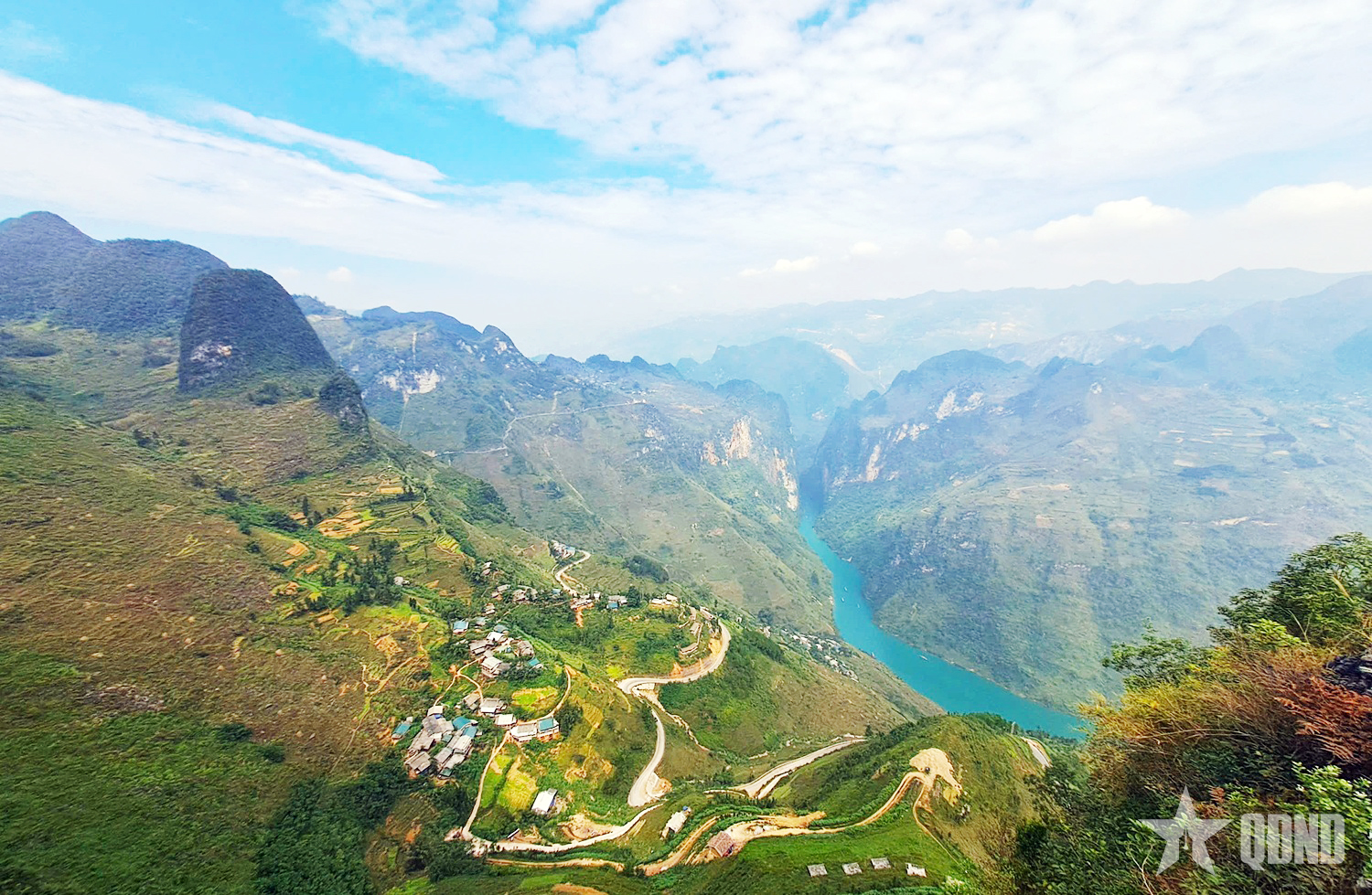
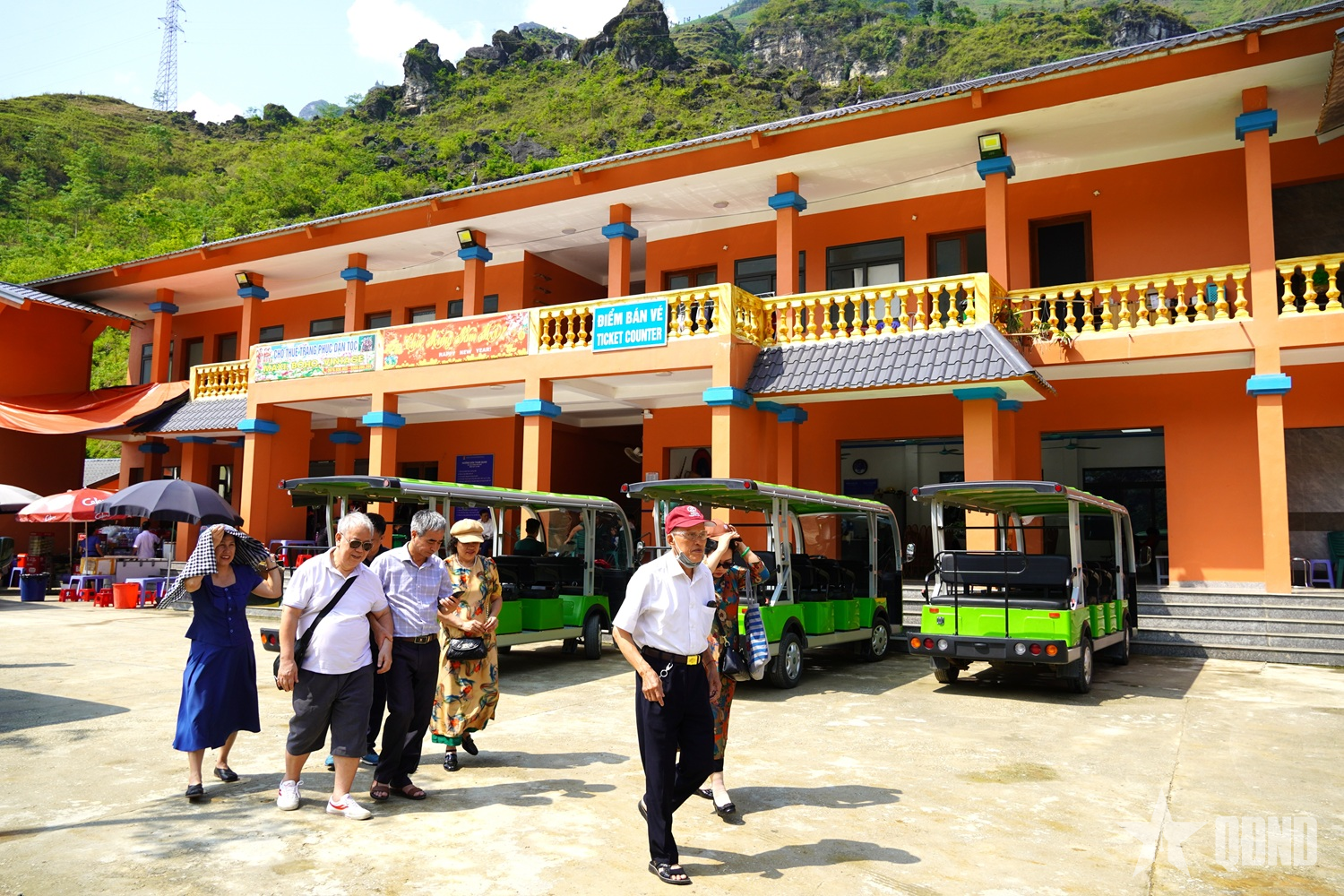
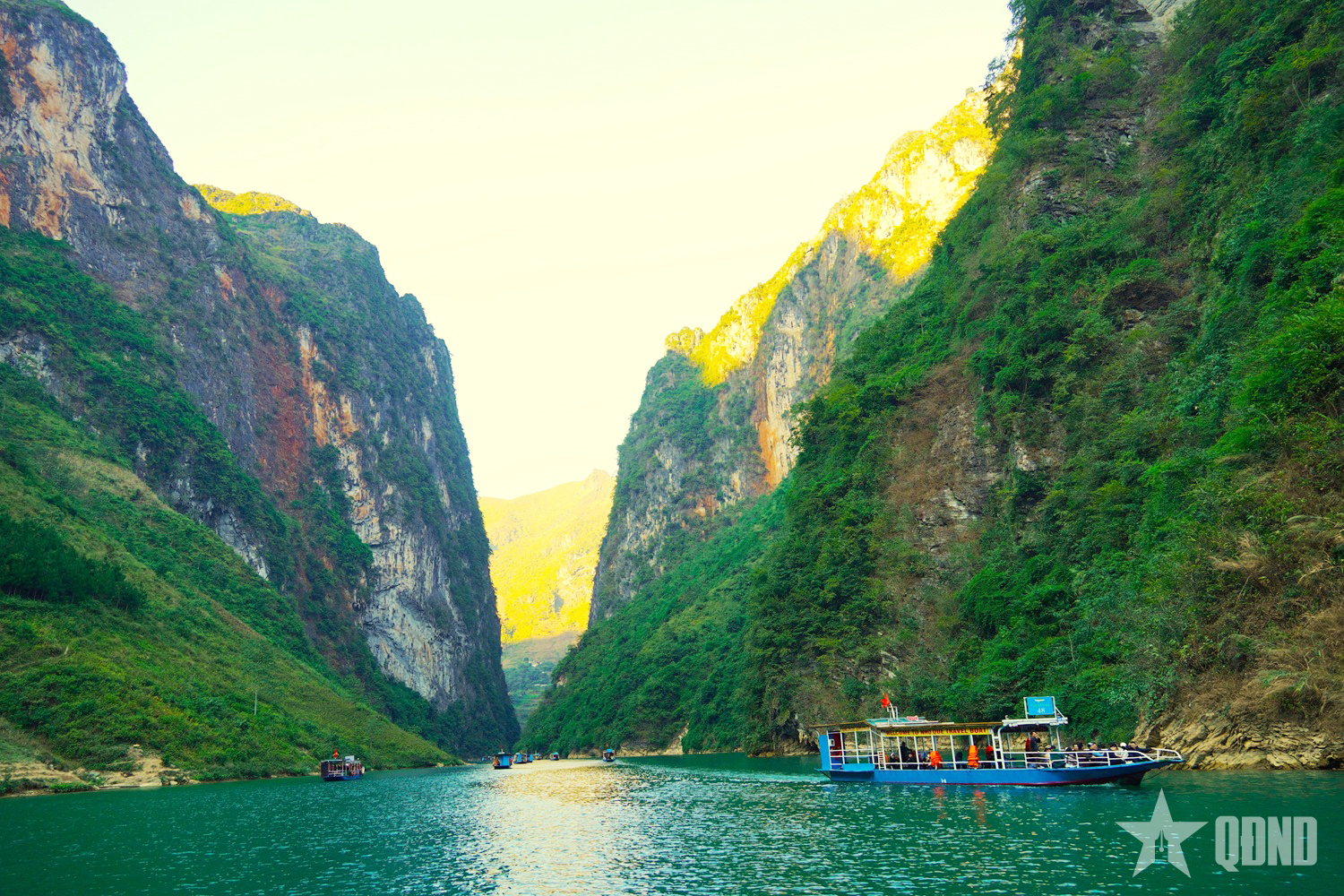
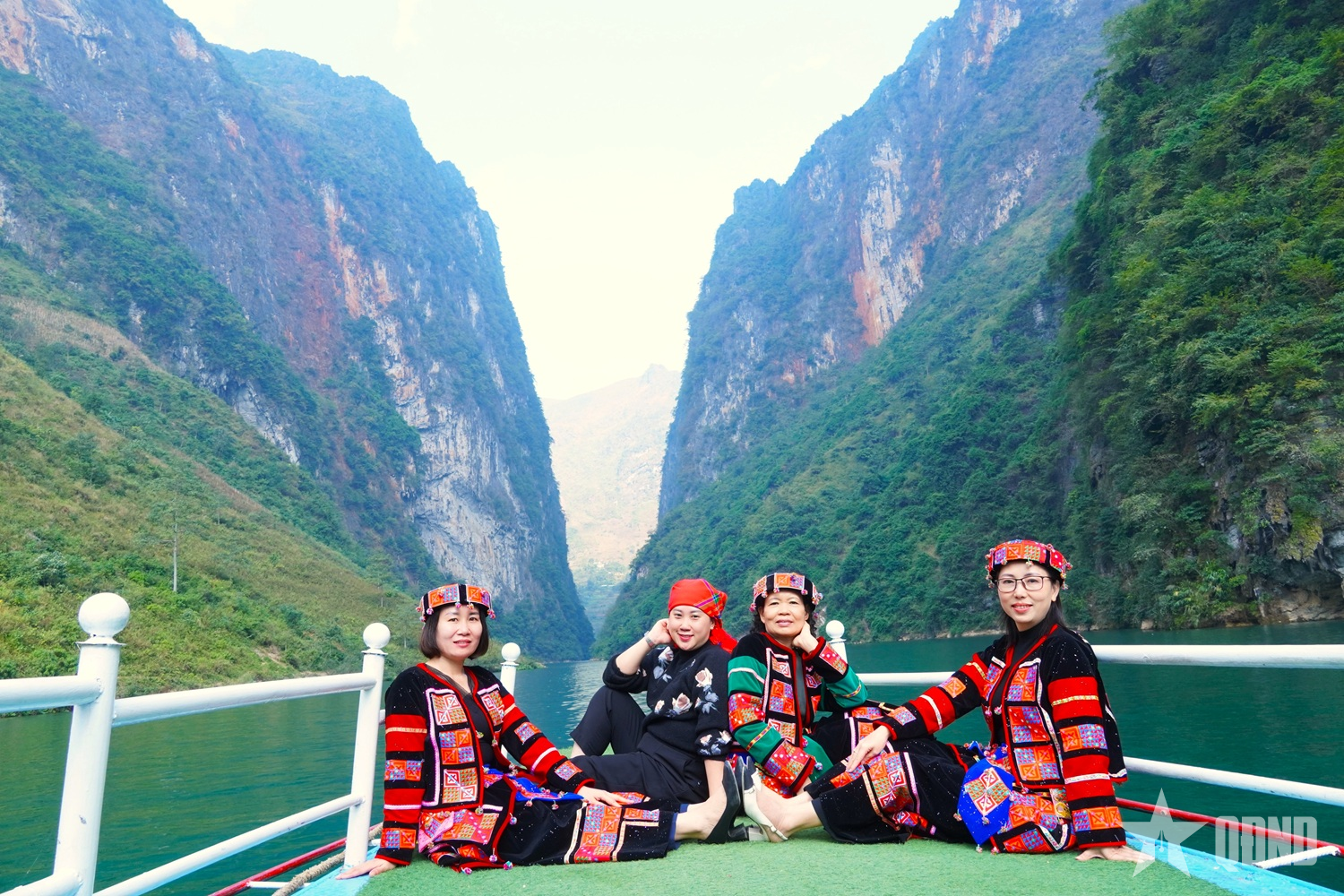

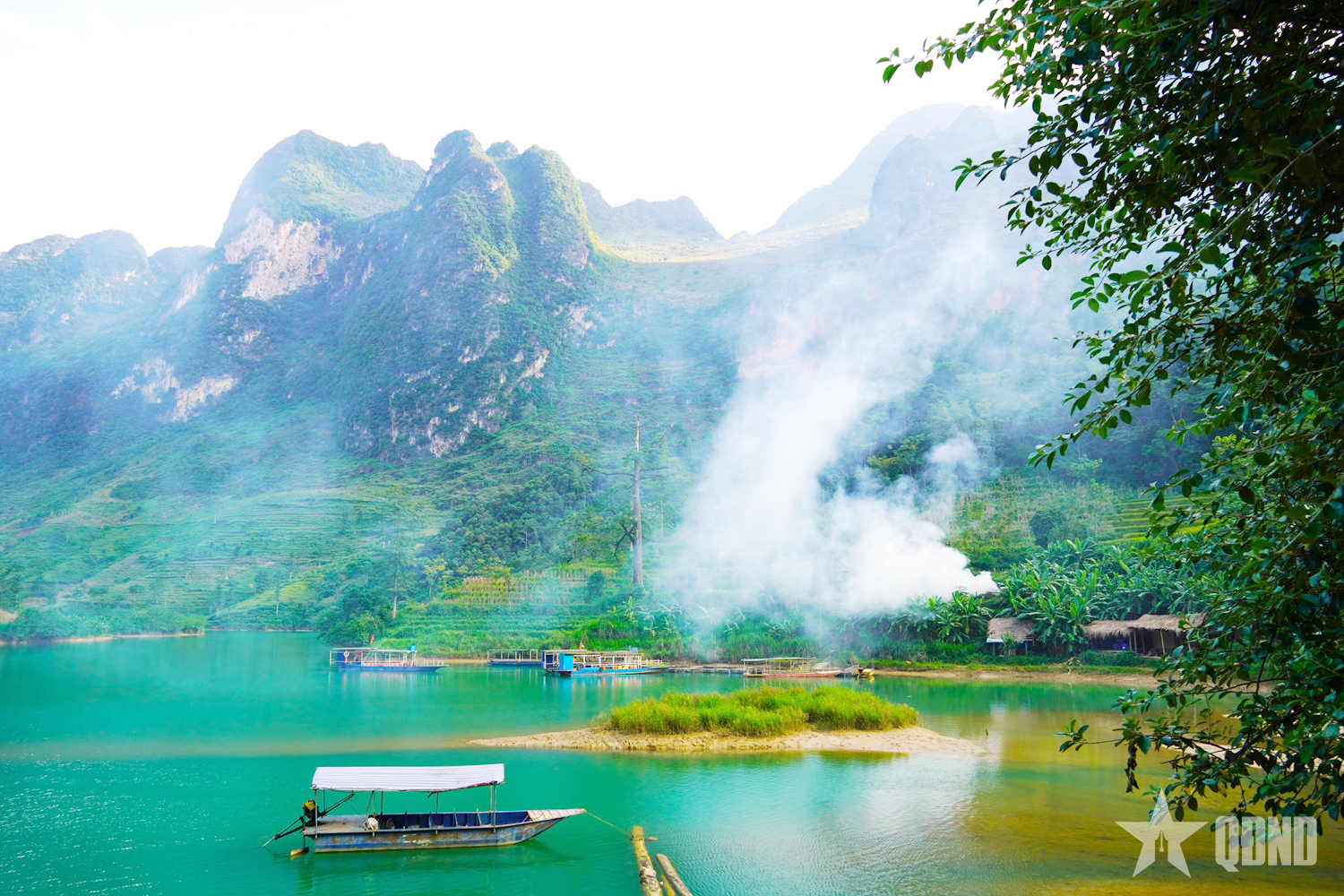
![[Photo] Pink ball and table tennis](https://vphoto.vietnam.vn/thumb/1200x675/vietnam/resource/IMAGE/2025/5/26/d9f770bdfda243eca9806ea3d42ab69b)
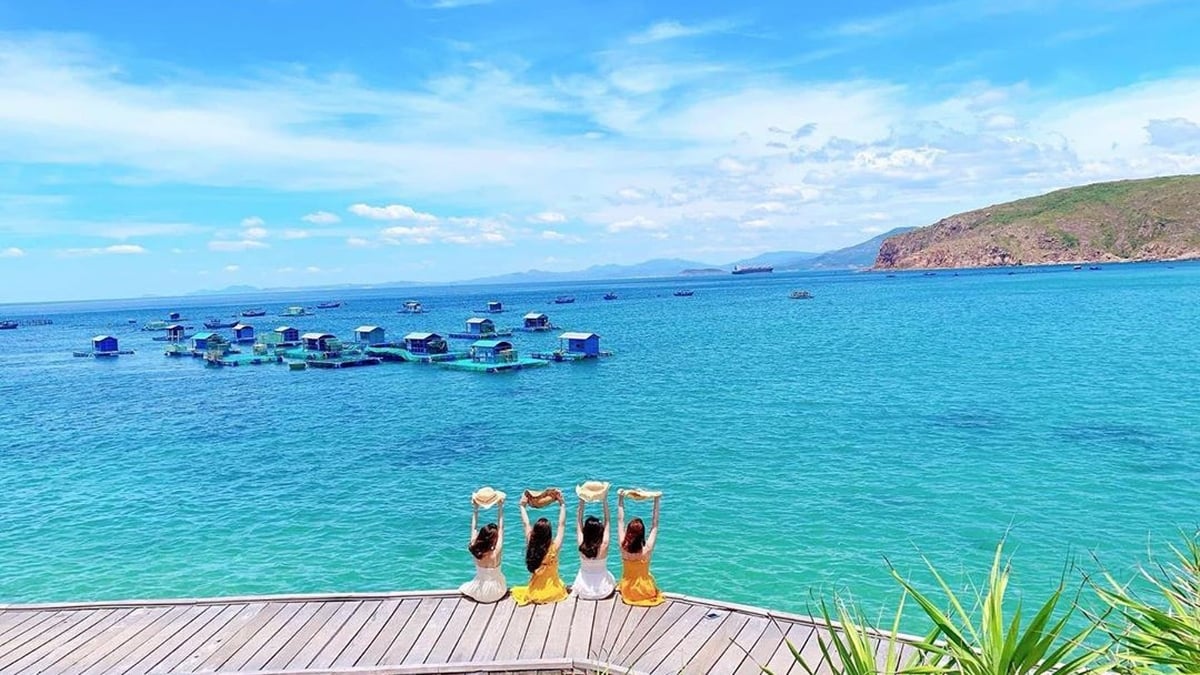


![[Photo] Official welcoming ceremony for French President Emmanuel Macron and his wife on a state visit to Vietnam](https://vphoto.vietnam.vn/thumb/1200x675/vietnam/resource/IMAGE/2025/5/26/a830702ef72f455e8161b199fcefc24d)
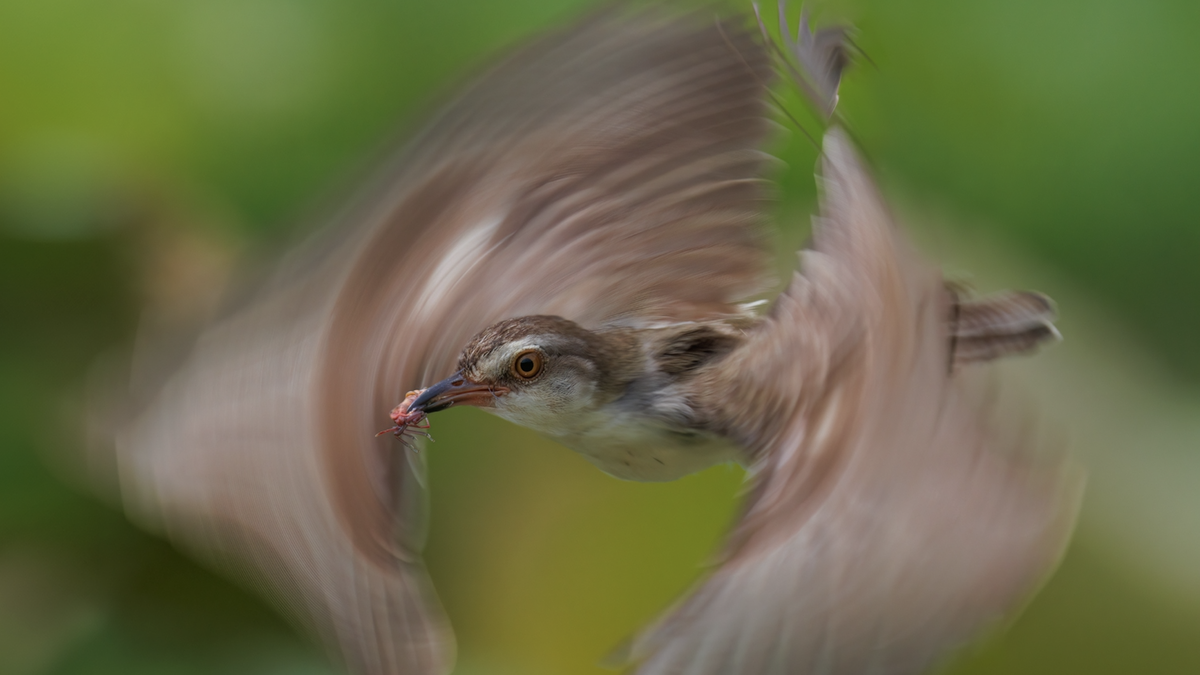
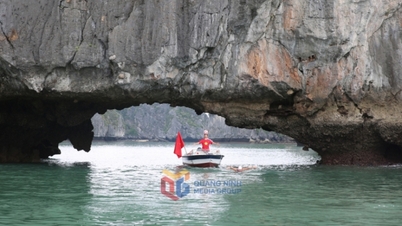


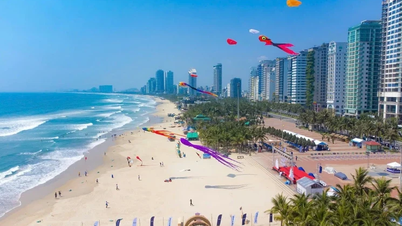

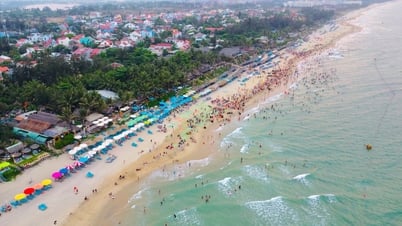

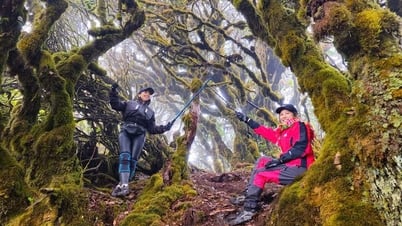

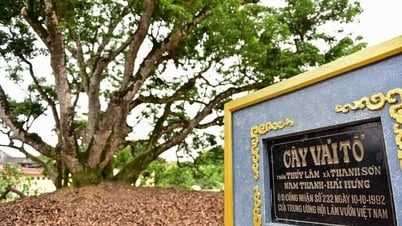





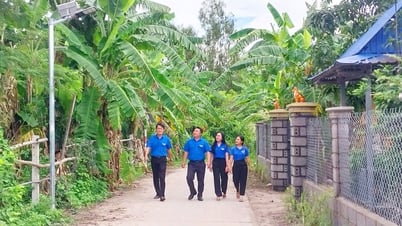


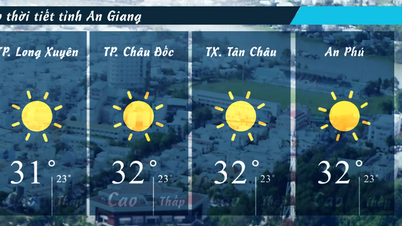




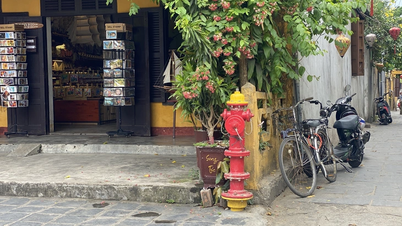

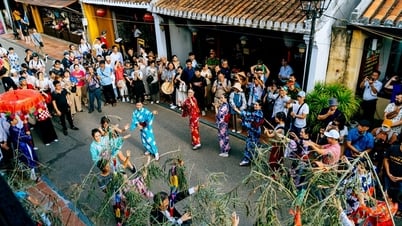









































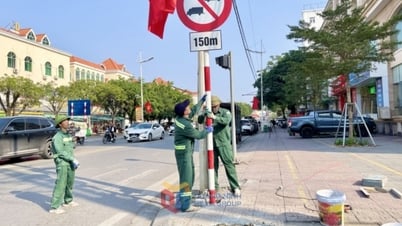


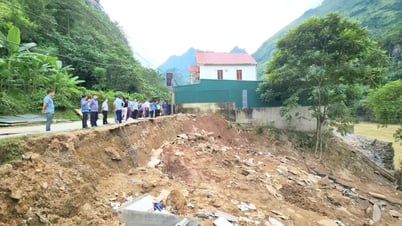



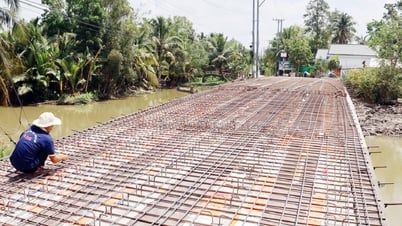














Comment (0)